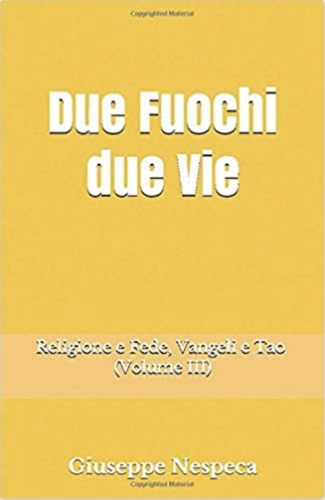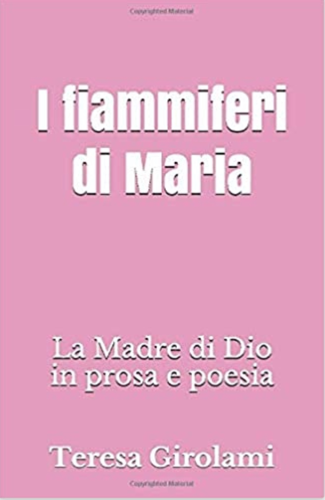At the Cross, Mary is a participant in the drama of Redemption (Jn 19:17-28.25).
Mary united herself to Jesus’ offering
1. Regina caeli laetare, alleluia!
So the Church sings in this Easter season, inviting the faithful to join in the spiritual joy of Mary, Mother of the Redeemer. The Blessed Virgin’s gladness at Christ’s Resurrection is even greater if one considers her intimate participation in Jesus’ entire life.
In accepting with complete availability the words of the Angel Gabriel, who announced to her that she would become the Mother of the Messiah, Mary began her participation in the drama of Redemption. Her involvement in her Son’s sacrifice, revealed by Simeon during the presentation in the Temple, continues not only in the episode of the losing and finding of the 12-year-old Jesus, but also throughout his public life.
However, the Blessed Virgin’s association with Christ’s mission reaches its culmination in Jerusalem, at the time of the Redeemer’s Passion and Death. As the Fourth Gospel testifies, she was in the Holy City at the time, probably for the celebration of the Jewish feast of Passover.
2. The Council stresses the profound dimension of the Blessed Virgin’s presence on Calvary, recalling that she “faithfully persevered in her union with her Son unto the Cross” (Lumen gentium, n. 58), and points out that this union “in the work of salvation is made manifest from the time of Christ’s virginal conception up to his death” (ibid., n. 57).
With our gaze illumined by the radiance of the Resurrection, we pause to reflect on the Mother’s involvement in her Son’s redeeming Passion, which was completed by her sharing in his suffering. Let us return again, but now in the perspective of the Resurrection, to the foot of the Cross where the Mother endured “with her only-begotten Son the intensity of his suffering, associated herself with his sacrifice in her mother’s heart, and lovingly consented to the immolation of this victim which was born of her” (ibid., n. 58).
With these words, the Council reminds us of “Mary’s compassion”; in her heart reverberates all that Jesus suffers in body and soul, emphasizing her willingness to share in her Son’s redeeming sacrifice and to join her own maternal suffering to his priestly offering.
The Council text also stresses that her consent to Jesus’ immolation is not passive acceptance but a genuine act of love, by which she offers her Son as a “victim” of expiation for the sins of all humanity.
Lastly, Lumen gentium relates the Blessed Virgin to Christ, who has the lead role in Redemption, making it clear that in associating herself “with his sacrifice” she remains subordinate to her divine Son.
3. In the Fourth Gospel, St John says that “standing by the Cross of Jesus were his mother, and his mother’s sister, Mary the wife of Clopas, and Mary Magdalene” (19:25). By using the verb “to stand”, which literally means “to be on one’s feet”, “to stand erect”, perhaps the Evangelist intends to present the dignity and strength shown in their sorrow by Mary and the other women.
The Blessed Virgin’s “standing erect” at the foot of the Cross recalls her unfailing constancy and extraordinary courage in facing suffering. In the tragic events of Calvary, Mary is sustained by faith, strengthened during the events of her life and especially during Jesus’ public life. The Council recalls that “the Blessed Virgin advanced in her pilgrimage of faith and faithfully persevered in her union with her Son unto the Cross” (Lumen gentium, n. 58).
Sharing his deepest feelings, she counters the arrogant insults addressed to the crucified Messiah with forbearance and pardon, associating herself with his prayer to the Father: “Forgive them, for they know not what they do” (Lk 23:34). By sharing in the feeling of abandonment to the Father’s will expressed in Jesus’ last words on the Cross: “Father into your hands I commend my spirit!” (ibid., 23:46), she thus offers, as the Council notes, loving consent “to the immolation of this victim which was born of her” (Lumen gentium, n. 58).
4. Mary’s supreme “yes” is radiant with trusting hope in the mysterious future, begun with the death of her crucified Son. The words in which Jesus taught the disciples on his way to Jerusalem “that the Son of man must suffer many things, and be rejected by the elders and the chief priests and the scribes, and be killed, and after three days rise again” re-echo in her heart at the dramatic hour of Calvary, awakening expectation of and yearning for the Resurrection.
Mary’s hope at the foot of the Cross contains a light stronger than the darkness that reigns in many hearts: in the presence of the redeeming Sacrifice, the hope of the Church and of humanity is born in Mary.
[Pope John Paul II, General Audience 2 April 1997]












